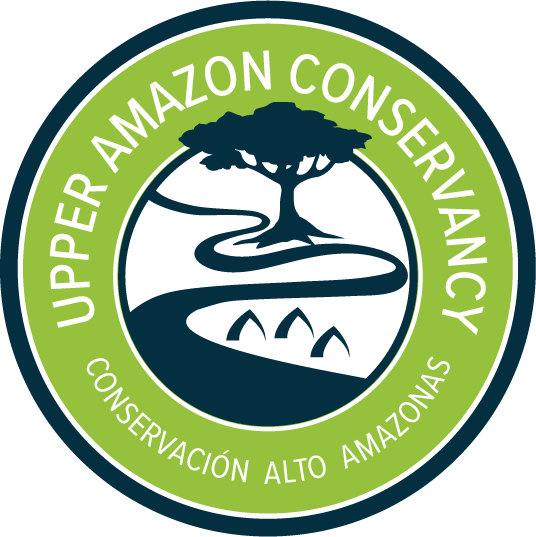Alto Purús is Most Important Protected Area for Carbon Storage in Peru
A new study by Stanford University found that the forests of the Alto Purús National Park store more carbon than any other protected area in Peru. The groundbreaking report, complete with high-resolution 3-D maps, provides a new way for Peru to fight climate change. Long recognized for its critical role in protecting Amazonian fauna and flora, as well as some of the world’s last isolated tribes, the study highlights the Park’s importance as a carbon sink.
By quantifying carbon storage in vegetation throughout the entire country, the maps provide a tool for prioritizing strategies for preventing deforestation and slowing climate change. The results of the two-year study will become particularly important in negotiating prices for carbon offset projects. A limiting factor to such projects has been accurately estimating how much carbon is stored in the vegetation. These maps enable Peru to put a monetary value on its forests which is needed to secure investments in carbon offset and REDD+SES projects in carbon rich areas like the Alto Purús.
The study shows that Peru’s largest state, Loreto, holds the largest amount of stored carbon, 52%, while the Alto Purús National Park holds more carbon than any other protected area. Preventing deforestation in the Alto Purús should thus be an integral part of Peru’s–and the world’s–strategies for fighting climate change.
Meanwhile, members of indigenous communities located outside the Alto Purús Park are already taking action to respond to climate change. In June, representatives from the 24 communities along the Alto Purús River convened in Puerto Esperanza to sign the first ever “Native Communities of the Alto Purús Declaration on Climate Change”. The declaration was signed during the region’s first-ever workshop on local impacts of climate change. The workshop was sponsored by The University of Richmond, The National University of Ucayali, and UAC’s sister organization, ProPurús.
In related news, a separate study recently found that 95% of Amazon deforestation happens near roads or major rivers. This highlights the impact that the Alto Purús – Iñapari Highway proposal could potentially have on not only the forests and inhabitants of the Alto Purús, but for Peru’s and the world’s fight against climate change.

